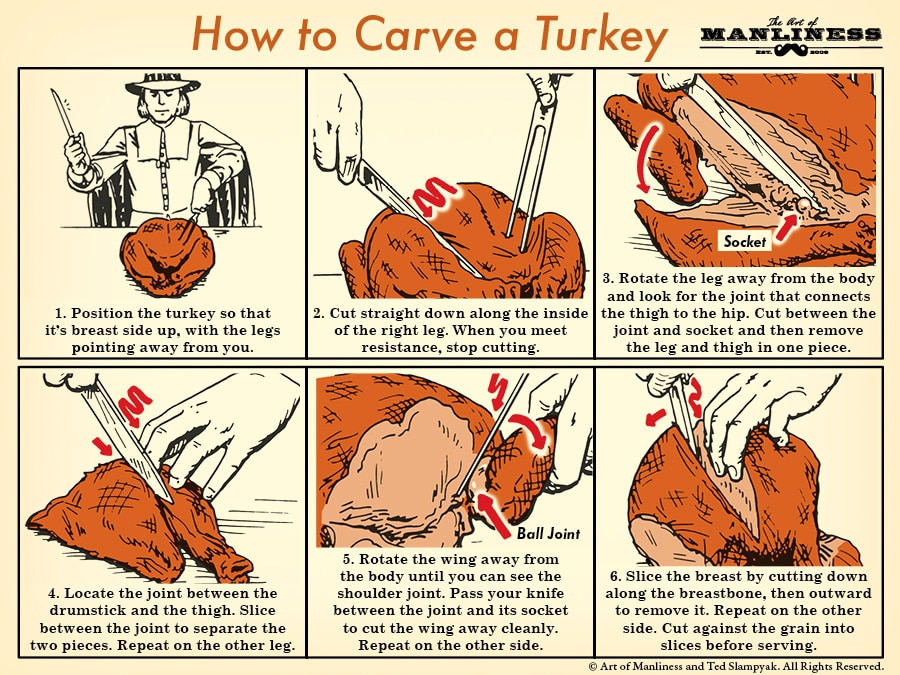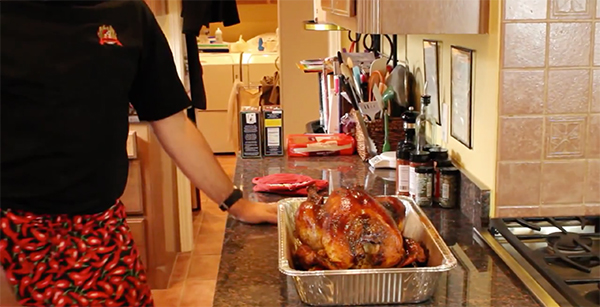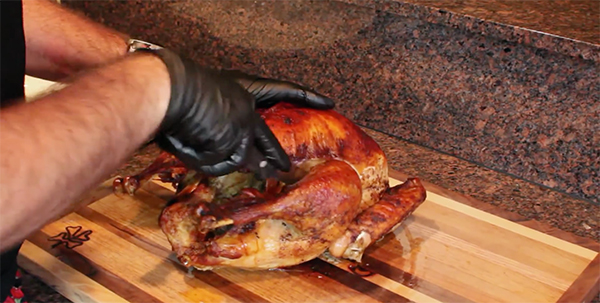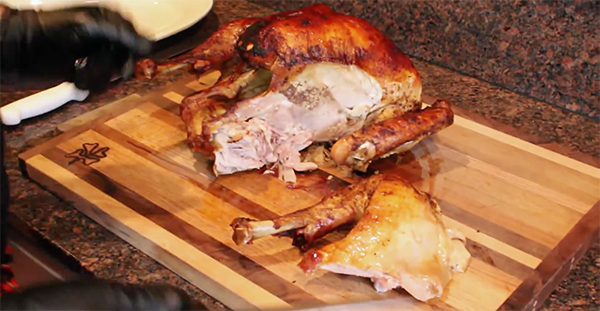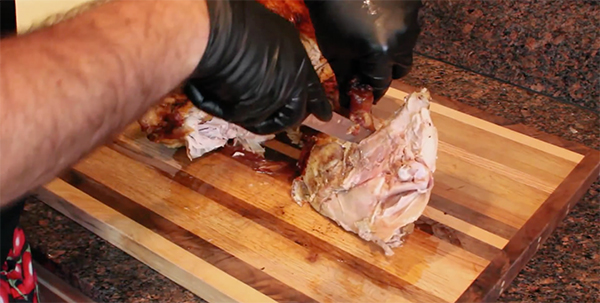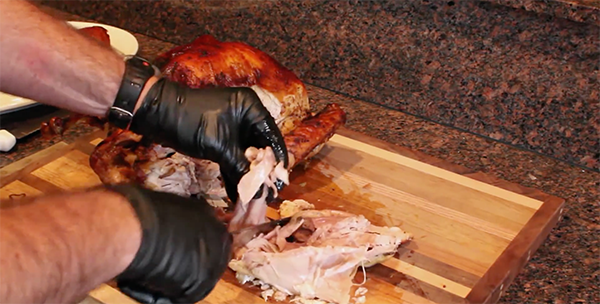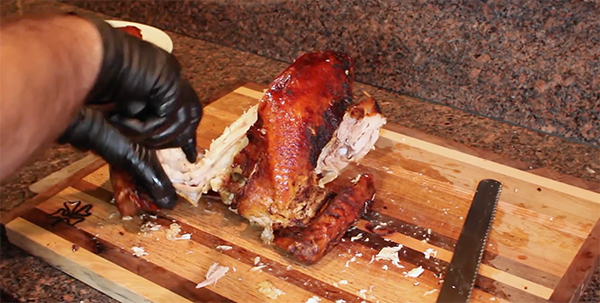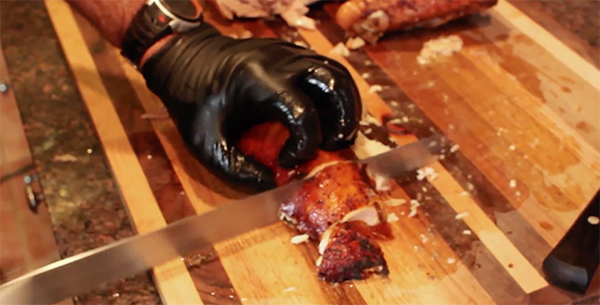Today's blog post is from last year:
Although they may fib. Or in our case, they may Fibonacci!
Since today is
Fibonacci Day, it seemed like a good time to talk about the man known as Fibonacci and what he contributed to mathematics.
Although he is best known for the sequence of numbers that bears his name, Fibonacci's greatest contribution may have been the introduction of the Arabic number system to the Western world. These are the digits 0-9 and the use of place values...the 1's place, 10's place, etc.
Here's a brief bio of Fibonacci from
Wikipedia:
Leonardo Bonacci (c. 1175 – c. 1250)—known as Fibonacci, and Leonardo of Pisa, Leonardo Pisano Bigollo, Leonardo Fibonacci—was an Italian mathematician, considered to be "the most talented Western mathematician of the Middle Ages".
Fibonacci was born around 1175 to Guglielmo Bonacci, a wealthy Italian merchant and, by some accounts, the consul for Pisa. Guglielmo directed a trading post in Bugia, a port in the Almohad dynasty's sultanate in North Africa. Fibonacci travelled with him as a young boy, and it was in Bugia (now Béjaïa, Algeria) that he learned about the Hindu–Arabic numeral system.
Fibonacci traveled extensively around the Mediterranean coast, meeting with many merchants and learning about their systems of doing arithmetic. He soon realized the many advantages of the Hindu-Arabic system. In 1202, he completed the Liber Abaci (Book of Abacus or Book of Calculation) which popularized Hindu–Arabic numerals in Europe.
Fibonacci became a guest of Emperor Frederick II, who enjoyed mathematics and science. In 1240, the Republic of Pisa honored Fibonacci (referred to as Leonardo Bigollo) by granting him a salary in a decree that recognized him for the services that he had given to the city as an advisor on matters of accounting and instruction to citizens.
The date of Fibonacci's death is not known, but it has been estimated to be between 1240 and 1250, most likely in Pisa.
The
Fibonacci Sequence is the series of numbers that starts 1,1,2,3,5,8... and continues with each subsequent number being the sum of the two preceding numbers. And the first four numbers are 11/23...thus Fibonacci Day. It's also sometimes written 0,1,1,2,3,5,8...it's the same sequence but starts with zero.
This sequence was used to denote the way rabbits multiply, although with very strict rules. Each number denotes how many pairs of rabbits there are. Each pair born consists of a male and female. And each pair has a pair of baby rabbits each month after they reach the age of two months old.
So, the first month there is 1 pair, and still only 1 pair after the second month. The 1st pair then has a pair of baby rabbits and there are now a total of 2 pairs. This month and the next month the 1st new babies don't have any babies, so there are a total of 3 pairs in the 3rd month (since the original pair will have a pair of babies every month until the end of time...these rabbits are immortal!). In the fourth month 2 new pairs of babies are born (from the 1st 2 pairs of rabbits) for a total of 5 pairs. Then 3 pairs for a total of 8. Then 5 pairs for a total of 13. Then 8 pairs for a total of 21. This continues on forever.
On its own this is fairly interesting but doesn't seem to have any practical value. But it's very closely related to the
Golden Ratio which occurs quite frequently in nature.
Here is a diagram that consists of squares that have the Fibonacci numbers as its sides:
Each square creates a rectangle when joined with the adjacent squares. For example the 21 square is connected to the 13 square (and the other smaller squares and creates a 34 x 21 rectangle. The Golden Ratio is defined as (a+b)/a = a/b, which basically states that the sum of the total is proportional to the sum of the parts. In our case a=21 and b=13 so 34/21 should be close to 21/13 (close since we're just starting out...it gets more accurate as the rectangles get larger). 34/21=1.61904762 and 21/13=1.61638642...close but not exact. It's an irrational number so there will never be an exact value but each succeeding Fibonacci number divided by the previous number gets closer and closer to the Golden Ratio, which is approximately 1,680339887.
You can use the drawing above to create a spiral, like so:
This uses a slightly different orientation of the squares but the idea is the same. And if you turn it sideways, it's the logo for
Sybase:
More from Wikipedia:
Fibonacci numbers appear unexpectedly often in mathematics, so much so that there is an entire journal dedicated to their study, the Fibonacci Quarterly. Applications of Fibonacci numbers include computer algorithms such as the Fibonacci search technique and the Fibonacci heap data structure, and graphs called Fibonacci cubes used for interconnecting parallel and distributed systems. They also appear in biological settings, such as branching in trees, phyllotaxis (the arrangement of leaves on a stem), the fruit sprouts of a pineapple, the flowering of an artichoke, an uncurling fern and the arrangement of a pine cone's bracts.
That's it for now, but you can see that there is a quarterly journal devoted to the subject so feel free to check it out. The first 48 volumes are available for free online
here.
And happy Thanksgiving to my friends here in the States!
Interesting days
Today -
Thanksgiving Day and
Fibonacci Day Of course! 1, 1, 2, 3, 5, 8 Who do we appreciate? Fibonacci! Fibonacci! Yay Fibonacci!











